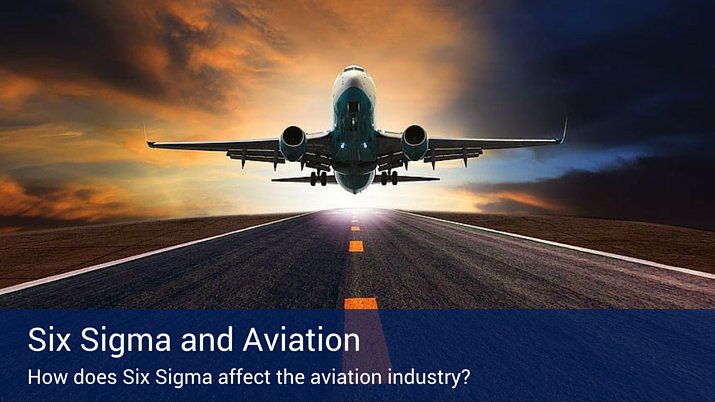How Six Sigma Can Affect Aviation Industry

Last Updated October 19, 2023
Six Sigma can help aviation professionals manage the critical issues of passenger safety, cost savings and traveler satisfaction. Six Sigma serves the aviation industry well because it gives managers and frontline workers a common language to unite them in their efforts to improve quality. Six Sigma also gives aviation professionals a tool box full of best practices that can help resolve process flaws and improve performance.
Consider these three important areas of the airline industry that can benefit from Six Sigma.
Passenger Satisfaction
Thousands of travelers every year add their story to the overabundant complaints about long layovers, lost luggage and delayed or canceled flights. Six Sigma’s strong focus on the customer helps the industry make changes where they are most needed. Capturing the voice of the customer using surveys, focus groups and interviews can give Six Sigma teams the raw data they need to identify critical to quality (CTQ) requirements. CTQs are specific, defined requirements that must meet client expectations.
Improved Departure Time
Six Sigma has the tools to help cut the time it takes to move passengers down the walkway and seated on the plane. Like other processes, this one is packed with duplication, redundancy and delays. Six Sigma teams can get a much clearer view of the process of boarding a plane by breaking it down into sub-processes and obtaining granular detail for every step.
This finely-detailed view of the boarding process is combined with an accurate measurement of the time it takes to complete each step. Estimations are not to be acceptable. Experienced Six Sigma teams have learned not to depend on intuition, as estimates can be unreliable and can disrupt the entire project.
Combining a detailed understanding of the boarding process with accurate and objective time tracking may help airlines decrease their overall aircraft loading time.
Aircraft Maintenance
Efficient maintenance, repair and overhaul (MRO) operations are critical to an airline’s profitability since grounded planes reduce an airline’s ticket revenue. The sooner crews can complete scheduled maintenance and repairs, the sooner the planes can be filled with ticket-buying passengers.
Six Sigma can help MRO crews complete their work safely and quickly by implementing several initiatives:
- Creating communications systems that provide real-time maintenance status across all levels
- Coordinating different levels of shop maintenance activity
- Optimizing the crew’s time on assigned tasks
- Encouraging continuous process improvement with data capture, reporting and analysis
- Optimizing tool allocations and task assignments to reduce waste
Six Sigma offers many tools to help airlines operate more safely and efficiently. If you experience a delay at the airport, if your ticket price is high or your luggage is lost, now you can ask how Six Sigma can help.





